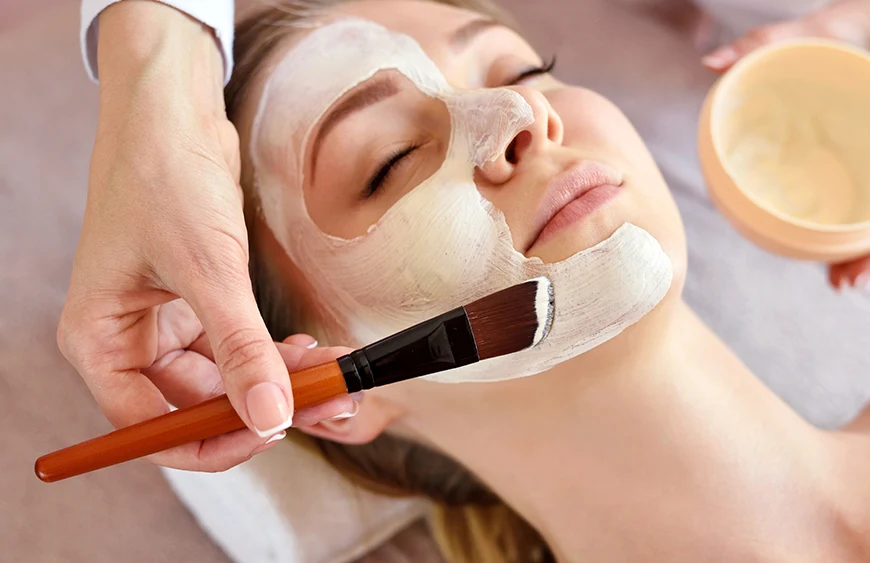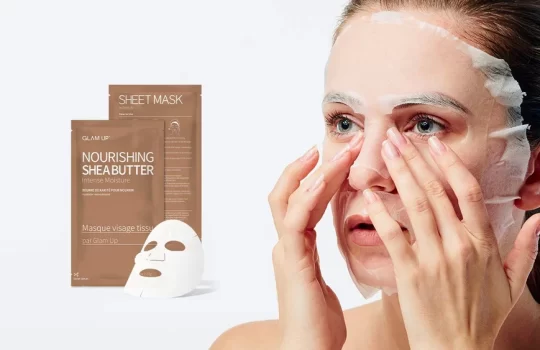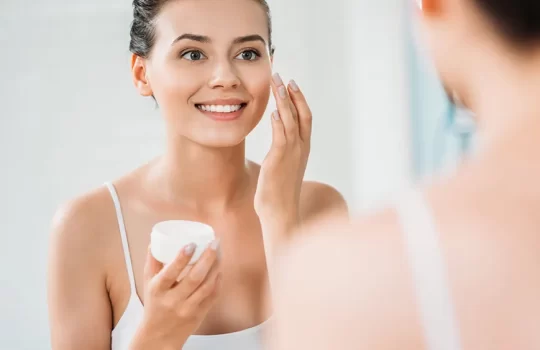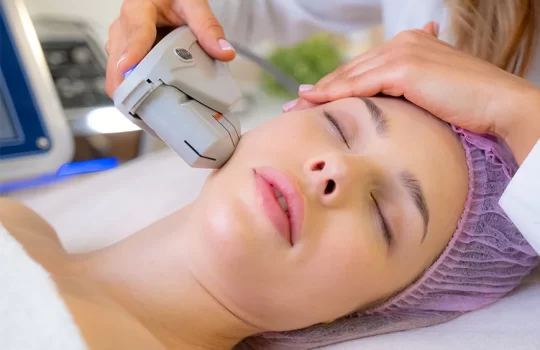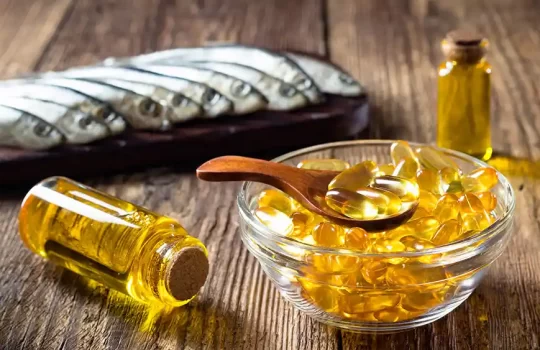Skin peeling is one of the women’s most popular methods to obtain clear, smooth skin. Dead cells are eliminated, and the skin regenerates new cells through exfoliation. It also stimulates blood circulation, which subsequently stimulates the production of collagen.
Although exfoliating products are now available in different brands, many women prefer to use homemade recipes because they are safe and primarily serve the purpose. This blog will reveal everything related to facial peeling, how to do it safely at home, possible side effects, its benefits, and whether dermatologists encourage facial peeling or urge limiting it.
How is facial peeling done?
Skin peeling targets the outer layer or the surface of the skin. Accordingly, exfoliation removes away dead skin cells and unclogs pores for smoother and even more radiant skin.
Skin peeling can be done in different ways, including chemical and home peeling. Regarding facial peeling at home, many women prefer it to chemical peeling as it is safe and effective.
Best thing for peeling skin
Sugar, coffee, or even oatmeal granules are all safe, and natural essences are also suitable for exfoliating the skin. Tickle the mixture onto the skin while it is watery or dewy, and make sure it is well-cleansed to get the best result.
Use pineapple and papaya juice to knead the mixture, as they contain natural enzymes and can help exfoliate the skin. Otherwise, knead the mixture with lukewarm water if you like. Apply the mix as a mask for at least 15 minutes before flushing it with water.
Chemical peeling
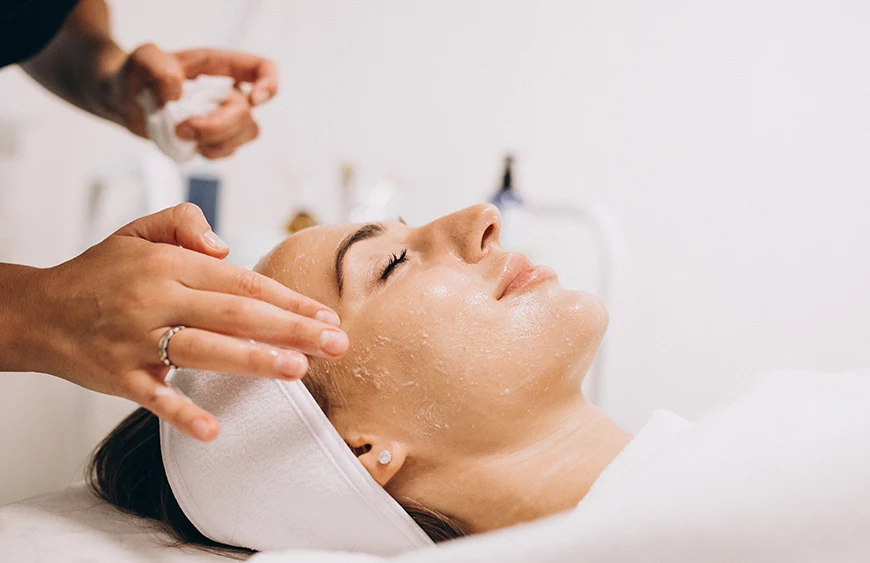
Suppose you are considering undergoing a chemical peel. In that case, you must first consult a dermatologist to ensure that the skin condition and nature can handle a chemical substance.
After consulting a dermatologist, let the peeling process to a specialist and make sure that the substance used, such as alpha hydroxy acids (AHAs) or beta hydroxy acids (BHAs), will not cause you any long-term harm and that your skin can handle it.
It is worth noting that there are other standard options, such as glycolic acid, lactic acid, or salicylic acid. Ask your doctor to start with low concentrations and gradually increase the concentration if your skin needs it. Do not expose your skin to a high concentration of any chemical. Gradual use is safer and safer for you.
Skin Peeling step-by-step
- It is easy to do skin peeling at home, step by step, as follows:
Steam your face to open the pores. - Rub your face gently with your hand.
- Stop the skin from becoming soft or shiny.
Is peeling skin good for skin?
Excessive use of products with a high concentration of highly active ingredients can also exacerbate these effects. Therefore, individuals with sensitive skin or certain skin conditions should be cautious and consult a dermatologist before attempting facial peeling at home.
Benefits of facial exfoliation
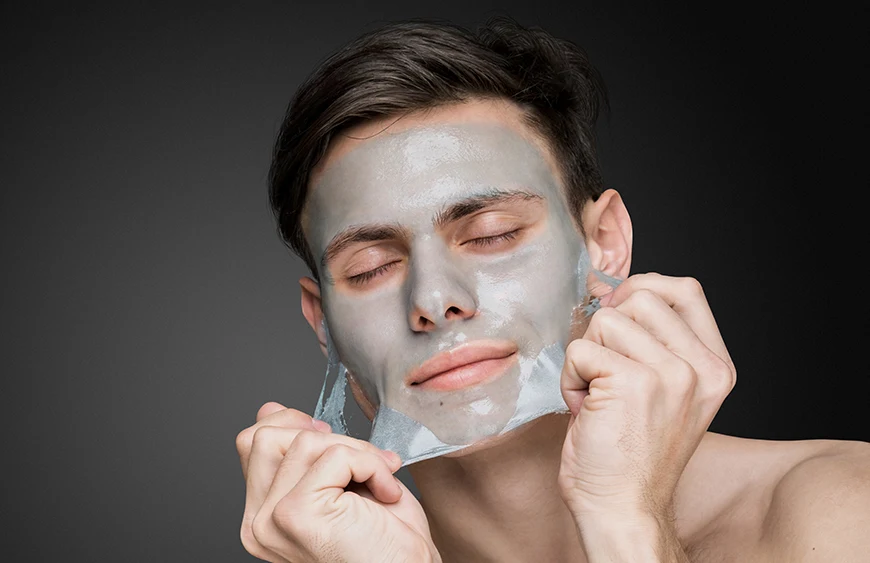
Improve Skin Texture
Exfoliating your face regularly can result in smoother, more radiant skin by removing dead skin cells and promoting cell renewal.
Reduce Acne and Blemishes
Exfoliation helps open pores, preventing the formation of acne caused by dust accumulation and pollution in large pores.
Unification of Skin Colour
Facial exfoliation can help lighten dark spots and reduce pigmentation, enhancing your natural skin tone and making it more even.
Enhance Products Absorb
By removing dead skin cells, skin peeling allows skin care products to be absorbed more effectively, increasing their benefits.
Stimulate Collagen Production
Some facial peels, especially chemical peels, can stimulate collagen production, contributing to skin firmness and elasticity.
Do dermatologists recommend facial peels?
The answer is yes. Because of its benefits, dermatologists often suggest skin peeling as an effective treatment for fading and aging signs. However, if you are considering facial peeling, it is best to consult with a dermatologist to determine the most appropriate approach based on your skin type and individual needs.
What is the fastest way to exfoliate the face?
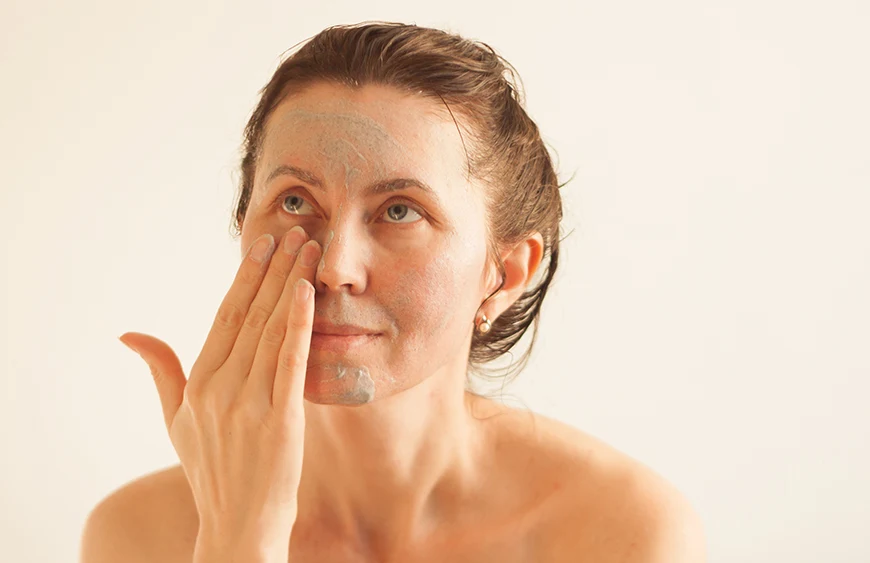
Choosing the quickest method depends on your personal preferences and skin type and the health care provider’s opinion if you have a chemical peel. Here are some practical and quick ways to peel the face:
Chemical peeling:
This peeling type relies on using chemicals such as alpha hydroxy acids (AHAs) or beta hydroxy acids (BHAs). These substances exfoliate the skin, thus removing dead skin cells and stimulating the production of new cells. Therefore, these chemicals can give quick results, but it is preferable to use appropriate concentrations to avoid irritation. Of course, only a dermatologist can determine the proper concentrations.
Effective exfoliation with brush:
Using a cleansing brush can help in effective and quick exfoliation. These electric brushes provide rotational moves that remove dead cells and improve the appearance of the skin.
Activated charcoal mask:
Some face masks, especially those containing activated charcoal, help remove pollutants and deeply cleanse skin. This peeling can provide immediate results, and you will notice a refinement in skin texture.
Sugar and honey peeling:
Blending sugar with honey can be an effective mixture for exfoliating the skin. It is preferable to massage this mixture on the face in circular motions and then rinse it with water.
In conclusion, skin peeling is a common practice in your skincare routine that can improve skin texture, reduce scars, and enhance the appearance and health of your skin. There are several widely used methods of peeling at home, and individuals should consider safety and be aware of potential side effects. Always remember that the dermatologist’s opinion is more critical than dozens of popular internet advice.
